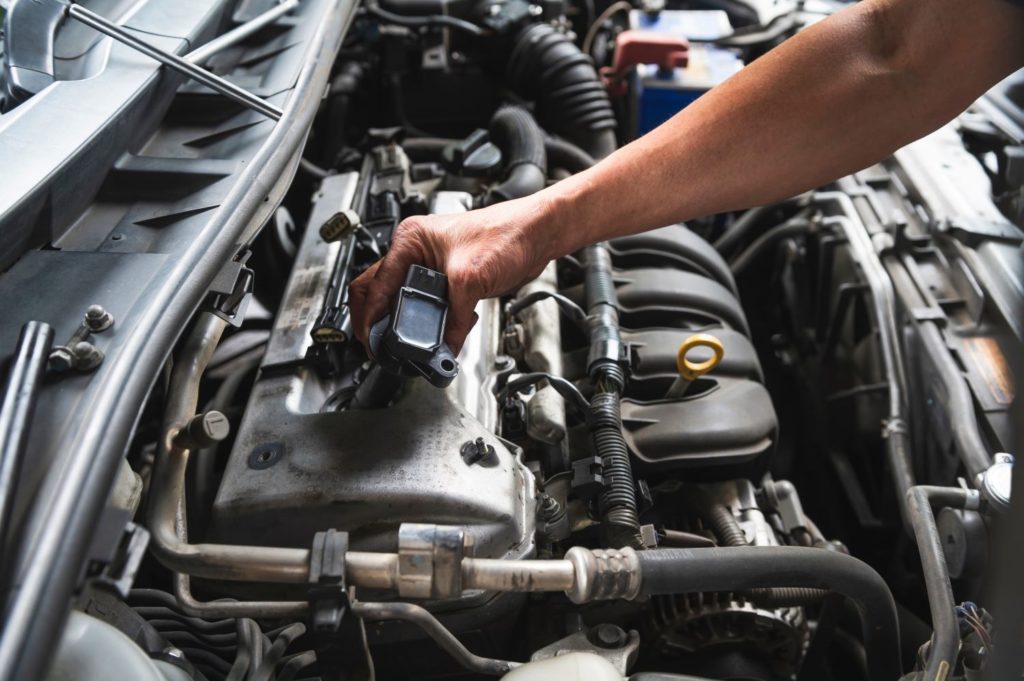Some vehicles equipped with large engines can disable some of their cylinders in low load situations to save fuel. The powertrain control module (PCM) enables cylinder deactivation by engaging the deactivating solenoids, which causes the corresponding lifters to collapse and prevents the intake and exhaust valves of the deactivated cylinders from opening. If the PCM detects a problem with the deactivating solenoids it can trigger the P3525 code or other related trouble codes.
What Does the P3425 Code Mean?
The P3425 code is defined as Cylinder 4 Deactivation/Intake Valve Control Circuit/Open. The PCM stores this code when it detects an incorrect voltage signal from the intake deactivating solenoid circuit. This code corresponds to the circuit that corresponds to cylinder #4.

Note: The definition of the P3425 code can be different depending on the vehicle manufacturer. Consult the appropriate repair manual or repair database for the exact code definition.
What are the Common Causes of the P3425 Code?
The issues that trigger a P3425 code can be caused by the following problems:
- Faulty cylinder deactivation solenoid
- Low engine oil level
- Low engine oil pressure
- Blocked oil passages
- Damaged wiring
- Faulty PCM

What are the Common Symptoms of the P3425 Code?
Most of the symptoms of the P3425 code are transmission-related. These include the following:
- Illuminated check engine light
- Engine misfires
- Increased fuel consumption
- Poor engine performance

How to Diagnose the P3425 Code
While the P3425 code might be caused by an issue with a faulty cylinder deactivation solenoid, remember that this isn’t always the case. You still need to determine the main cause of this diagnostic trouble code (DTC) before you conduct any repairs. Otherwise, you might end up fixing a completely functional component.
You might need to do a visual inspection of the engine’s oil level and cylinder deactivation control circuit to find the problem. This job might require the use of specialized tools and knowledge. If you find this task daunting, don’t hesitate to reach out to a trusted mechanic.
Interested in diagnosing the problem on your own? Check out the video below to learn about the diagnostic process:
How to Fix the P3425 Code
If you’re looking to fix the problems associated with the P3425 code, know that there isn’t a set procedure that will cure the issue. There are many ways to fix the underlying issues of OBD-II codes because they vary depending on the vehicle model, design, and layout. Sometimes, this trouble code can also trigger several related trouble codes. When this happens, you might need to fix problems in the appropriate order as dictated by the manufacturer.
To learn about possible solutions, consult reputable internet repair resources and how-to guides. When your scan tool shows diagnostic trouble codes, don’t forget to consult your vehicle’s repair manual.
It’s best to consult a professional mechanic if you don’t have much experience diagnosing or correcting error codes.
Any information provided on this Website is for informational purposes only and is not intended to replace consultation with a professional mechanic. The accuracy and timeliness of the information may change from the time of publication.


















